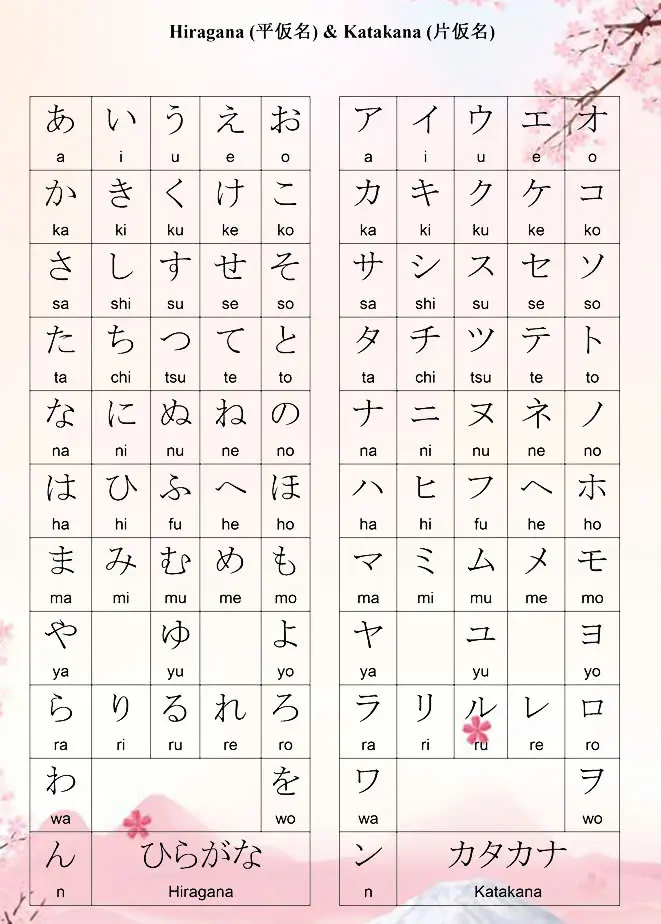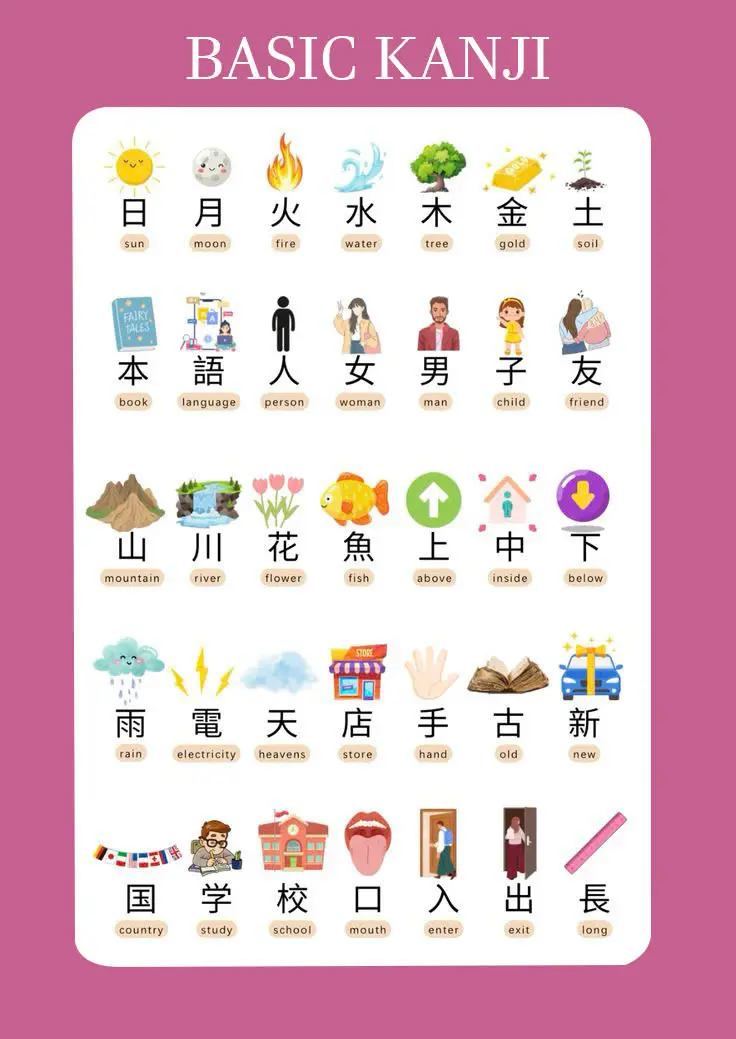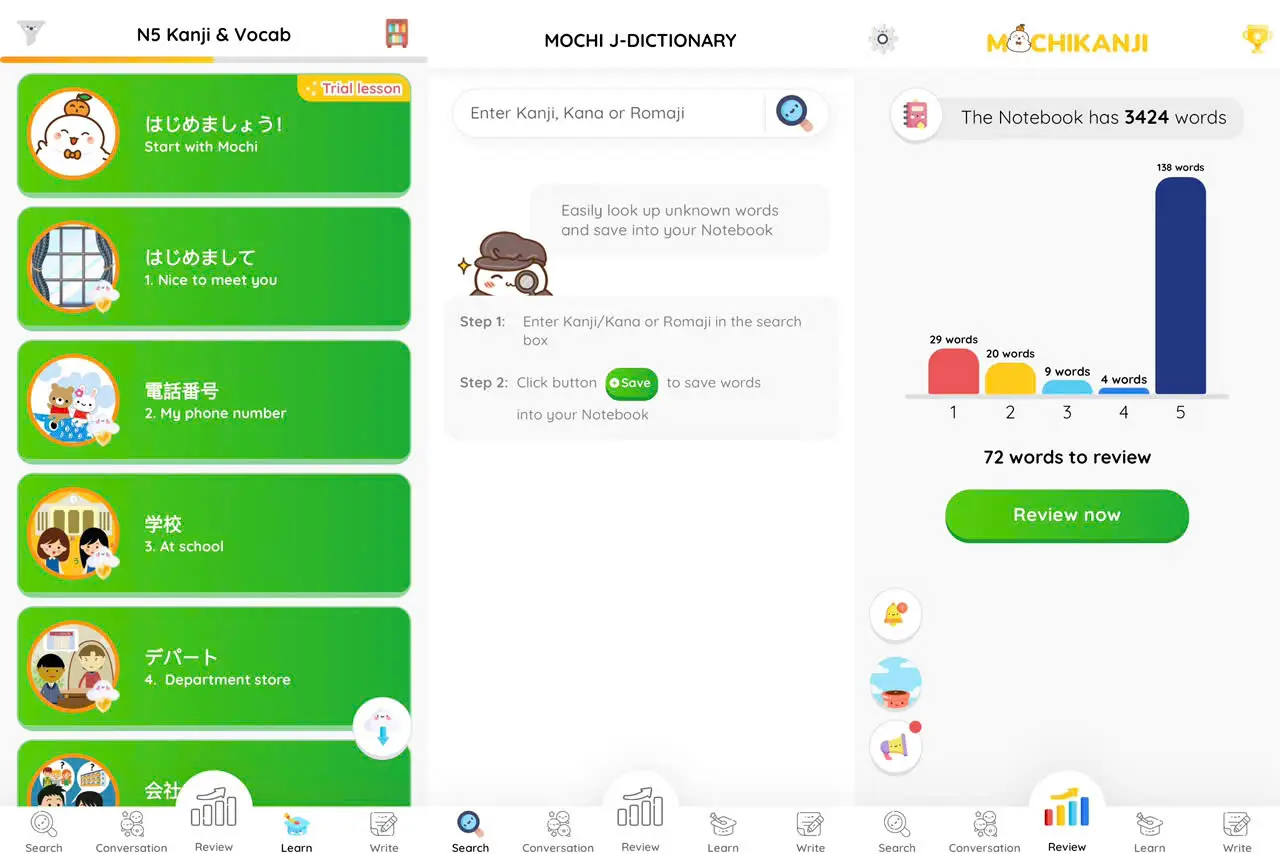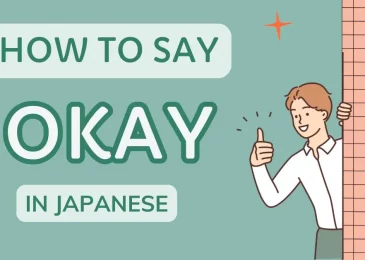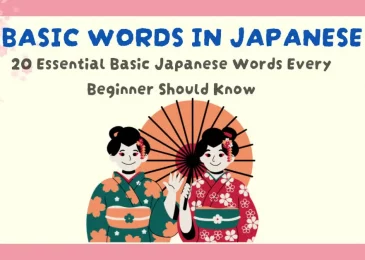- How Long Does It Take to Learn Japanese?
- Factors Influencing Learning Time
- Tips to Learn Japanese Faster
- Challenges of Learning Japanese
- Start your Japanese journey with MochiKanji
- Conclusion
Learning Japanese can open doors to a fascinating culture, career opportunities, and deeper personal connections with Japan. But how long does it take to learn Japanese effectively? The answer varies based on your goals, strategies, and consistency. In this guide, we’ll break down the timeframes for different proficiency levels, explore factors that impact your progress, and provide actionable tips to help you achieve fluency faster.
How Long Does It Take to Learn Japanese?
Your learning journey depends on how much time and effort you can dedicate to studying. Let’s explore the typical timelines for beginner, intermediate, and advanced levels of proficiency.
Beginner Level (4-6 Months)
It takes learners around 4-6 months to achieve a beginner level of Japanese when starting without any prior knowledge of the language. In this stage, learners should focus on:
- Hiragana and Katakana: These two phonetic scripts are the foundation of Japanese writing. Mastering them takes 1–2 weeks with daily practice.
- Basic Grammar: Learn simple sentence structures like subject-object-verb (e.g., “Watashi wa gakusei desu” – I am a student).
- Core Vocabulary: Build a strong base with essential words and phrases for daily interactions.
Once you’ve reached this milestone, you’ll be able to:
- Introduce yourself and others.
- Order food at a restaurant.
- Ask for directions and understanding simple answers.
- Understand and write simple sentences in Hiragana and Katakana, as well as some simple Kanji.
To complete this stage, you need to dedicate 1–2 hours daily to studying with a mix of resources, such as flashcards, beginner apps, and writing exercises. Within 4–6 months, you should be able to hold basic conversations and navigate common situations in Japan.
Intermediate Level (6-12 Months)
Once you’ve mastered the basics, it typically takes another 6 to 9 months of study to progress to intermediate-level Japanese. Here are the areas you should focus:
- Vocabulary Expansion: Learn 1,000–2,000 common words and their kanji.
- Kanji Basics: Begin recognizing and writing kanji characters.
- Complex Grammar: Practice conjugations, counters, and polite speech patterns.
- Listening and Reading: Start reading short stories, news articles, and manga with a dictionary.
Upon achieving this milestone, you’ll have the ability to:
- Have detailed conversations about daily life.
- Write emails or short essays.
- Understand basic keigo (polite language).
- Understand basic kanji, being able to read and write them in context.
As for study routine, by studying 2–3 hours daily with the appropriate methods, learners can reach intermediate fluency within a year.
Advanced Level (1-3+ Years)
Reaching an advanced level of Japanese typically requires a commitment to at least 1-3 years of consistent study. To reach this level, you need:
- Advanced Vocabulary and Kanji: Master 5,000+ words and the ability to read complex kanji.
- Advanced Grammar: Learn nuances like conditionals, passive voice, and honorifics.
- Professional Fluency: Engage with formal and technical language for work or academic purposes.
Upon reaching this stage, you’ll be capable of:
- Reading novels, research papers, and technical documents.
- Participating in debates or professional discussions.
- Using honorifics like sonkeigo (respectful speech) fluently.
At this stage, immersion becomes crucial. Watching Japanese shows without subtitles, engaging in advanced conversations, and writing essays can significantly enhance your fluency. Depending on your consistency and access to native speakers, reaching this level may take 1–3 years or more.
Factors Influencing Learning Time
1. Immersion Opportunities
Immersion is one of the fastest ways to learn a language. Living in Japan, participating in language exchanges, or engaging in daily conversations with native speakers significantly speeds up the process. Immersion helps you absorb cultural context, idioms, and pronunciation naturally.
2. Study Consistency and Intensity
Consistency matters more than occasional long sessions. Even 30 minutes a day is effective if done regularly. Use apps like MochiKanji, which employ Spaced Repetition to optimize review sessions and ensure long-term retention.
3. Prior Language Experience
If you’ve learned a tonal or complex language like Chinese or Korean, you might find Japanese easier to pick up due to similarities in grammar or writing systems.
4. Motivation and Methods
Your motivation level can greatly impact your learning speed. Combine traditional resources like textbooks with enjoyable methods such as watching anime, listening to J-pop, or playing Japanese games to stay engaged.
Tips to Learn Japanese Faster
1. Get a Language Partner
Practice with native speakers through language exchange platforms or tutoring apps. Real-time conversations boost your confidence and help you apply what you’ve learned in practical scenarios.
2. Use Japanese Media
Immersing yourself in Japanese media is a fun and effective way to enhance listening and reading skills. Try:
- Watching movies and dramas.
- Listening to podcasts or audiobooks.
- Reading manga or light novels.
3. Practice Kanji Regularly
Kanji may seem daunting, but breaking it down into daily goals makes it manageable. Apps like MochiKanji simplify this process with guided stroke order animations and quizzes.
4. Enroll in Online Courses
Boost your Japanese learning speed by joining online classes. With expert guidance, interactive lessons, and flexible schedules, you can build a strong foundation and advance quickly.
Challenges of Learning Japanese
1. Writing Systems
Japanese has three writing systems – Hiragana, Katakana, and Kanji – that are used interchangeably. Mastering them requires dedication and practice.
2. Grammar
Japanese grammar structures are very different from English. Sentence order (subject-object-verb) and the heavy reliance on particles like wa (は) and ga (が) can be confusing at first.
3. Politeness Levels
Learning the appropriate use of casual, polite, and honorific speech is essential but challenging. Using the wrong level of politeness can lead to misunderstandings.
Start your Japanese journey with MochiKanji
If you want to learn Japanese vocabulary and Kanji fast and effectively, MochiKanji is a great resource. MochiKanji is a powerful app designed to make learning Japanese easier and more enjoyable. Its key features include:
- Interactive Flashcards: Vocabulary with images, sounds, and usage examples.
- Conversation Practice: Dialogues that teach you how to use vocabulary and grammar in context.
- Golden Time Alerts: Reminders for optimal review times to enhance memory retention.
- Kanji Writing Practice: Guided lessons on stroke order for all proficiency levels, from N5 to N2
By incorporating MochiKanji into your study routine, you can efficiently master kanji, expand vocabulary, and improve conversation skills.
Conclusion
Learning Japanese is a rewarding yet challenging journey. Depending on your goals, it may take months or years to achieve fluency, but consistency, motivation, and the right tools make all the difference.
Whether you’re starting as a beginner or aiming for advanced proficiency, staying patient and enjoying the process is key. Start your Japanese journey today and embrace the opportunities this beautiful language can bring!

